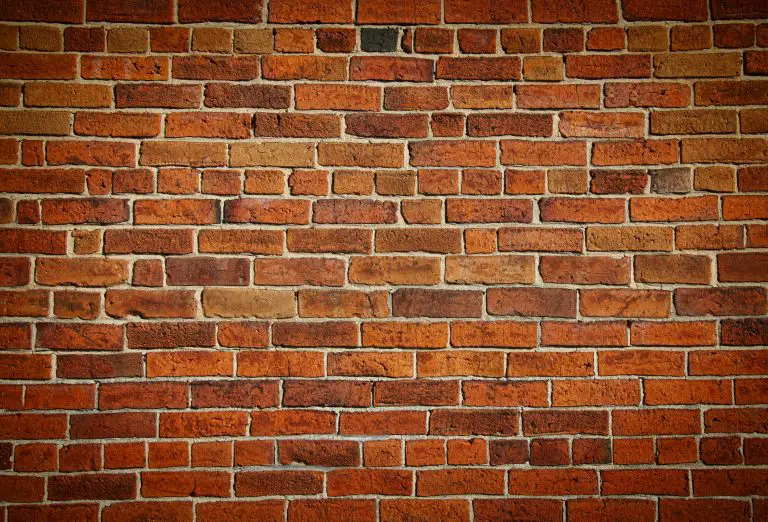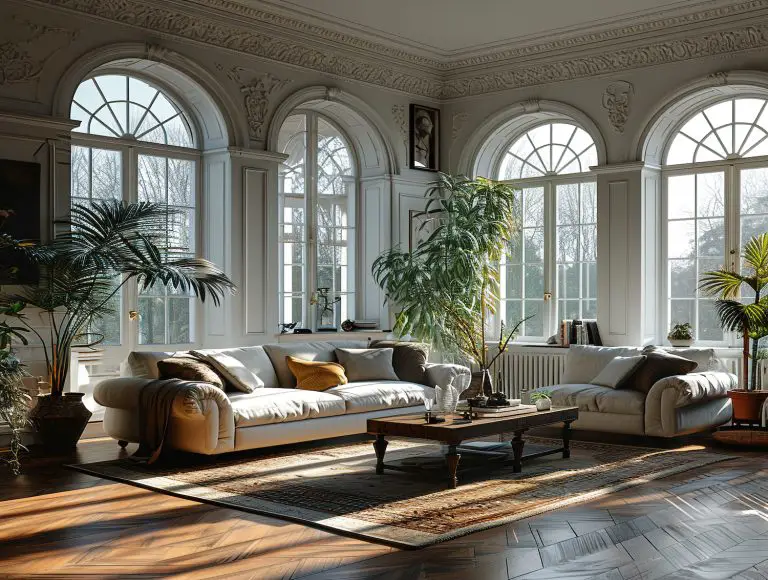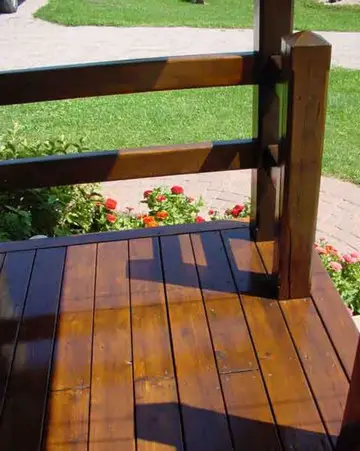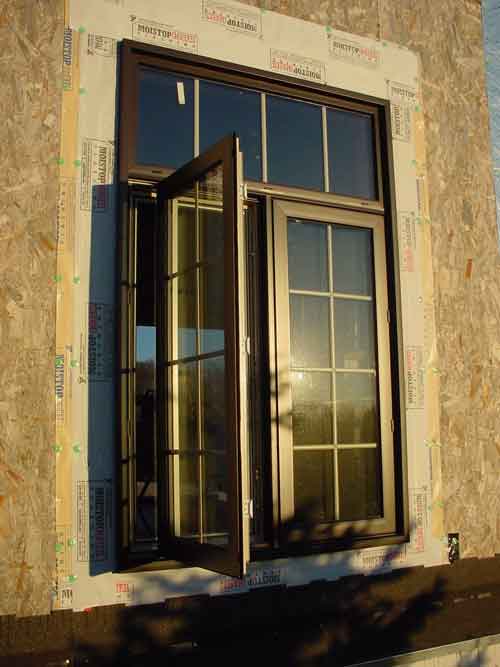Brick staining and brick painting are two popular methods for updating the look of brickwork. Both techniques offer unique benefits, but understanding their differences is crucial for making an informed decision. This article compares brick staining and brick painting, focusing on their preparation process, application process, benefits, durability and aesthetic impacts.
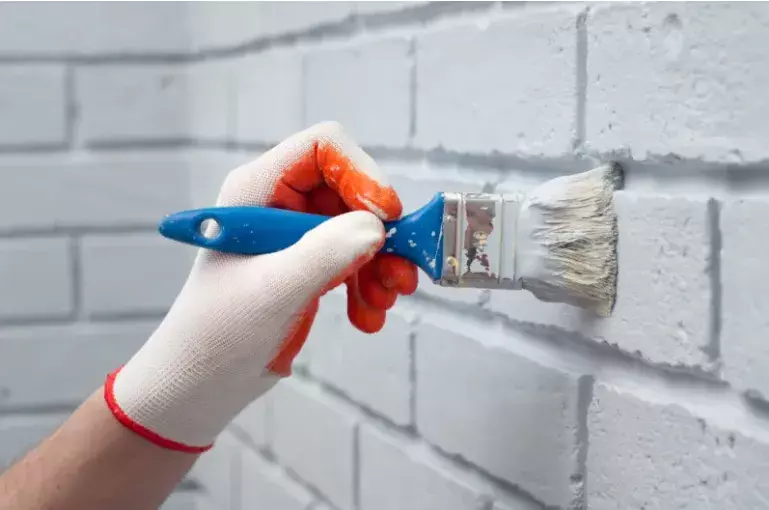
Advantages of Brick Staining
Brick staining offers several advantages for homeowners looking to refresh the look of their homes. Unlike brick painting, staining allows the bricks to breathe, preserving their natural texture and appearance. This is made possible by the use of mineral-based stains that are absorbed into the brick material and bond by crystallization. The stain becomes an integral part of the brick, ensuring it will never peel or chip away.
Brick staining offers a great way to change brick colour without using paint. Unlike paint, which can chip and peel, staining provides colour without this risk. Stained bricks gradually fade over time, creating a smooth transition between applications.

Another advantage of brick staining is its low-maintenance nature. Once the stain is absorbed into the brick, it does not require regular touch-ups or maintenance. Unlike paint, which can chip or peel over time and requires frequent applications, the stain remains intact, protecting and enhancing the appearance of the brickwork for years to come. Painting with the wrong kind of paint can also encourage flaking and deterioration of the brick in cold climates. More on this later.
“Having your brick stained is a great, inexpensive way to prolong the lifespan of brick surfaces while keeping a great look”, says Matt McNamee, owner of Oasis Painting, an Ottawa painting company, Oasis Painting.
Brick staining also allows for seamless integration of new and old bricks. When renovating or adding new sections to a property, staining ensures that the colour of the new bricks matches the existing ones. This cohesive look adds continuity and enhances the overall aesthetic of the structure. Brick staining is an effective way to refresh the look of a home, improving its curb appeal and increasing its value. By letting the bricks breathe and changing their appearance, homeowners can achieve a stunning transformation without the need for high-maintenance alternatives.
Brick Staining Process
The process of brick staining involves several important steps to ensure a successful outcome. Before beginning the staining process, it is crucial to properly prepare the bricks.
The first step is to thoroughly clean the bricks to remove any dirt, grime, or previous coatings. This can be done using a mild detergent and a pressure washer. For any stains or stubborn areas, a brush can be used for added cleaning effect. If there is any sealant on the bricks this must be removed and can typically be done by using an acid wash, brush and hose/pressure washer to rinse. It is important to ensure that the bricks are completely dry before moving on to the next step.
If there are any damaged or deteriorated bricks or mortar joints, it is essential to repair them before staining. This can involve scraping out the old mortar and replacing it with fresh mortar through a process called repointing. This will help ensure that the bricks are structurally sound and prevent any further damage. Once the bricks are clean and any necessary repairs have been made, it is time to protect the surrounding areas. This can be done by covering window sills, door frames, and other surfaces that should not come into contact with the stain. This will help prevent staining of unwanted surfaces and save time on cleanup.
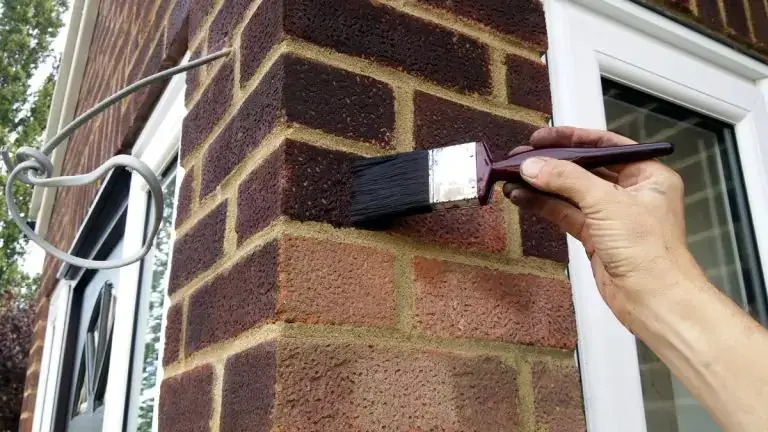
Choosing the right stain application method is crucial for achieving the desired results. Most commonly, a brush is used for brick staining as it allows for detailed work and better control, especially if you want the mortar joints to remain unstained and visually prominent. However, a paint sprayer (if available) is a perfectly acceptable manner of application so long as all windows and other non-stained areas are properly sealed off.
It is important to note that brick staining is a labour-intensive process that requires specialized tools and expertise. For the best results, it is recommended to hire a professional who has experience in brick staining. This will ensure that the process is carried out efficiently and effectively, resulting in a beautiful and long-lasting finish.
Advantages of Brick Painting
Brick painting offers a major advantage by concealing imperfections in the bricks. Whether your bricks are faded, discoloured, or stained, a new coat of paint can easily mask these flaws and provide a clean, consistent appearance to your walls. Moreover, painting allows for a broader array of colour choices compared to brick staining, giving you the flexibility to match your home’s exterior to your personal taste or current design trends. In contrast, brick staining offers a more limited range of colour options.
“If you are looking for a specific colour, or want a solid coloured look to your outdoor brick areas then brick painting can be a great option”, explains Matt McNamee, who has years of experience in exterior painting.
Painting exterior brick must be done with a paint that is “breathable”. This means it allows moisture to escape from bricks. Without this key detail, moisture can become trapped in the brick, expanding as it freezes, and popping of flakes of brick. Google “breathable paint for bricks” to see your options for paint choice.
Brick Painting Process
Brick painting requires a similar preparation process as brick staining. This involves cleaning the bricks thoroughly to remove any dirt, dust, or loose mortar. A power washer can be used to aid in this process. Once the bricks are clean and dry, any cracks or holes should be repaired. For brick painting, a primer should be applied to ensure proper adhesion of the paint.

When applying the paint, it’s important to work in small sections at a time and evenly distribute the product using a brush, roller or sprayer. Depending on the product and desired look, multiple coats may be required – typically more coats than brick staining. Once the paint has dried completely, optionally, a sealant could be applied to protect the surface and prolong the life of the finish.
Brick Painting vs. Brick Staining
When it comes to updating the look of brickwork, both brick painting and brick staining have their benefits and drawbacks. Brick painting could better protection from some elements, acting as a barrier against sunlight and abrasions. This helps to prevent damage and maintain the brick’s structural integrity. Additionally, paint provides a solid, opaque colour scheme, allowing for a uniform and consistent appearance with a wider range of colours available than brick stains. Cleaning painted bricks is also simpler, as dirt and grime can be easily washed away.
On the other hand, brick staining provides a unique set of advantages. Unlike paint, stain allows the brick to maintain its natural texture and appearance. It penetrates the porous surface of the brick, creating a durable and long-lasting colour solution. Stained bricks also require less maintenance, as the stain becomes a permanent part of the brick and does not peel or chip away. Staining is particularly beneficial for matching new bricks with existing ones, providing a seamless and cohesive look. Brick staining also tends to be the cheaper option as there are fewer steps of preparation and application necessary when compared to brick painting.
However, there are considerations for both methods. Brick painting may require regular touch-ups and maintenance to ensure that the paint remains intact and continues to provide protection. Furthermore, paint does not allow the brick to breathe, which can be a concern in certain climates. On the other hand, brick staining may require more layers to achieve the desired colour, and it may not work well on damaged or non-porous bricks. In terms of colour options, brick painting offers more versatility. With paint, you can easily change the colour of your bricks in the future if desired. On the other hand, brick staining provides a permanent colour solution, which can be advantageous if you prefer a more long-term design choice.
Brick painting and brick staining each have their own benefits and drawbacks. Brick painting provides better protection from the elements and a simpler cleaning process. On the other hand, brick staining allows the brick to maintain its natural appearance, offers better longevity, and requires less maintenance. Ultimately, the choice between the two methods depends on your personal preferences, the specific needs of your project, and whether you prioritize durability or the ability to change colours in the future.







